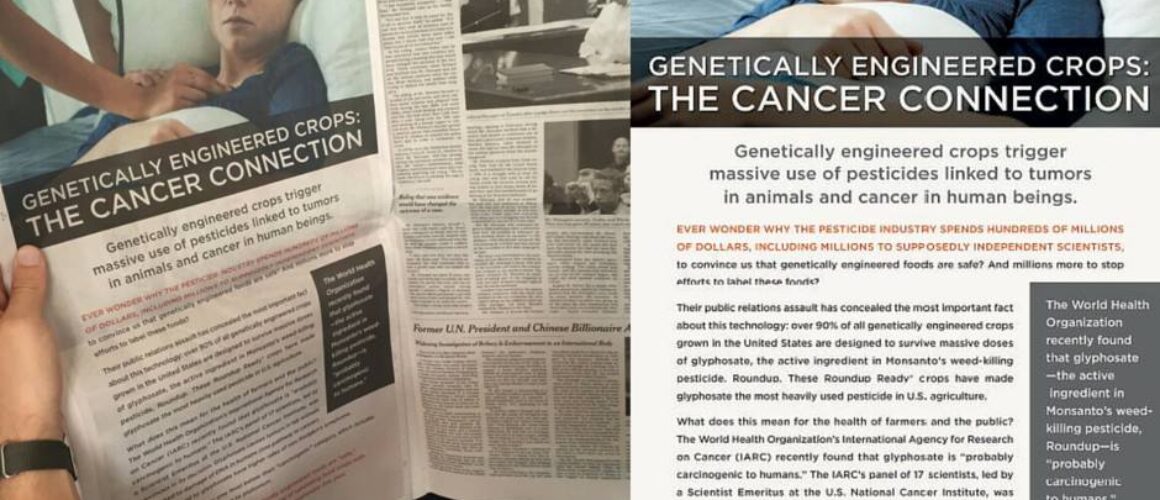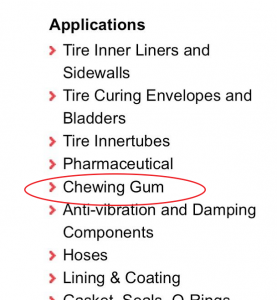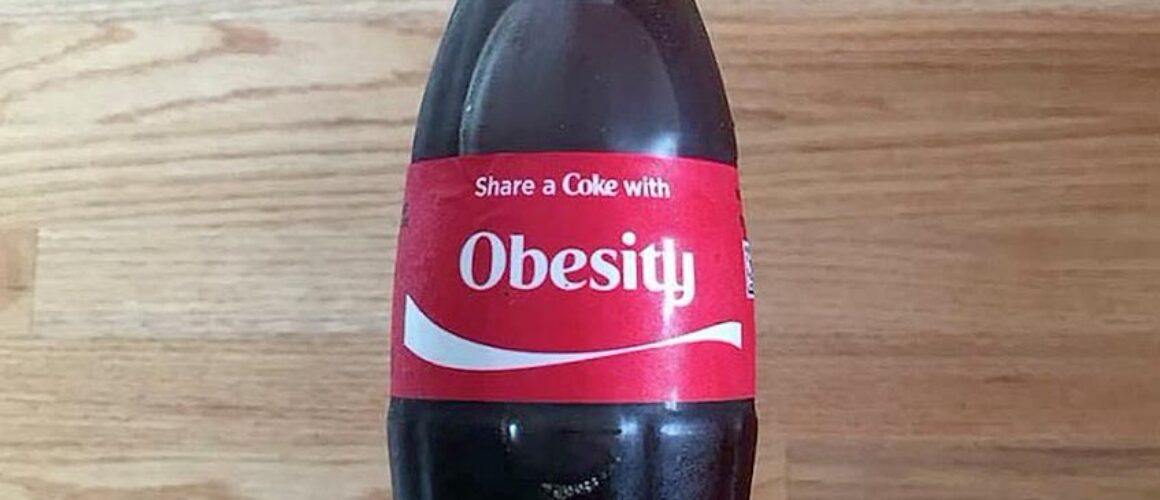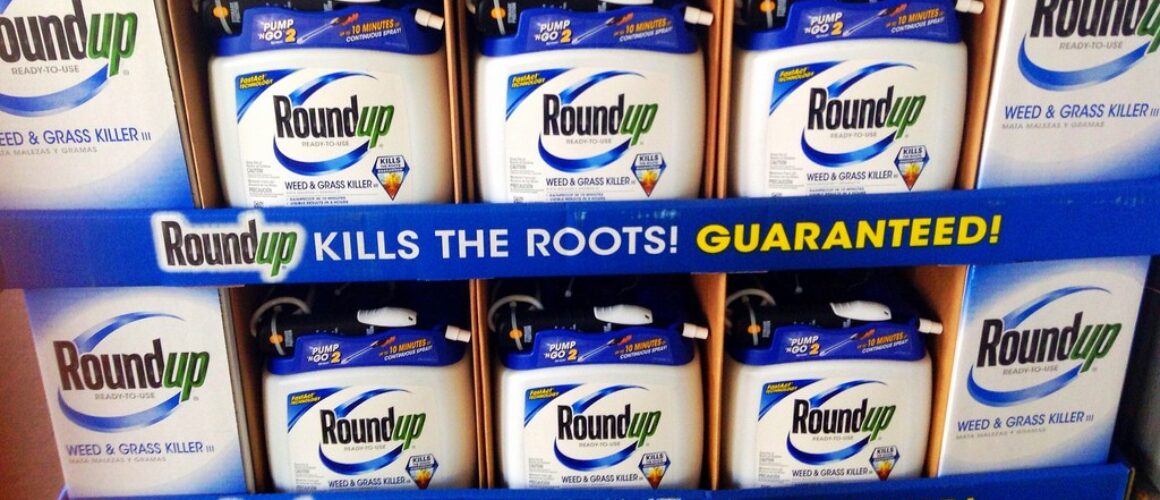Allergic to Milk or What’s In It?
The health of our families is changing. With each new diagnosis, whether due to a food allergies, diabetes, a cancer diagnosis or something else, we are learning more about our food and that it now contains a lot of artificial ingredients that aren’t used in other countries.
The journal Pediatrics reports that 15% of American girls are expected to begin puberty by the age of 7 (with the number closer to 25% for African American girls). In the U.S., there is an artificial growth hormone in our milk supply, rbGH, that no other developed country uses. Breyer’s recently dumped this artificial growth hormone, following on the heels of countless other food companies and grocery retailers.
The FDA still hasn’t said much about it.
As I took a look at the FDA’s website on milk, I found something that I hadn’t seen before when it comes to the fortification process where vitamins are added.
According to the FDA’s website, “a number of different types of concentrates are available. All contain vitamin D and/or vitamin A palmitate with a carrier consisting of any of the following: butter oil, corn oil, evaporated milk, non-fat dry milk, polysorbate 80, propylene glycol and glycerol monooleate. It is best to store all concentrates under refrigeration unless manufacturer’s directions indicate otherwise. To achieve adequate dispersion, viscous concentrates should be brought to room temperature before addition.”
A growing number of Americans are allergic to milk. Milk allergy has taken the lives of several children. Are we allergic to milk or to what’s been done to it?
Here’s a little history lesson about the introduction of this artificial growth hormones into the American milk supply in 1994.
For the past almost 20 years, much of our nation’s milk has come from cows injected with a genetically engineered growth hormone. If you didn’t know that, you’re not alone. Since it was never labeled, most of us had no idea that this hormone was introduced into our dairy in 1994. The hormone has two interchangeable names: recombinant bovine somatropine (rBST) and recombinant bovine growth hormone (rBGH).
RBGH has dominated the milk market almost since the FDA approved it in 1993. It was the first genetically engineered product ever brought to market. And the Associated Press (AP), the New York Times and the rest of the media have called it “controversial” (the AP headline actually referred to it as “a bumper crop of controversy”).
So what is rBGH anyway? Although the product is made in a lab, it’s designed to mimic a hormone that’s naturally produced in a cow’s pituitary glands. It’s injected into cows every two weeks to boost their hormonal activity, causing them to produce an additional 10 to 15 percent more milk, or about one extra gallon each day. And within the first four years of its introduction in 1994, about one-third of the nation’s cows were in herds being treated with this growth hormone.
If all you knew about rBGH and this hormone was that it increased milk production, you might think it was a good thing. Why shouldn’t we use every means at our disposal to boost the supply of such a nutritious food?
Well, besides increasing milk production, rBGH apparently does a few other things, too.
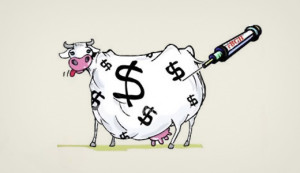 First of all, the product seems to be hazardous to the cows. The package itself warns of such bovine problems as “increases in cystic ovaries and disorders of the uterus,” “decreases in gestation length and birthweight of calves,” and “increased risk of clinical mastitis.” Mastitis is a painful type of udder infection that causes cows to pump out bacteria and pus along with milk, requiring treatment with antibiotics and other meds that can end up in the milk.
First of all, the product seems to be hazardous to the cows. The package itself warns of such bovine problems as “increases in cystic ovaries and disorders of the uterus,” “decreases in gestation length and birthweight of calves,” and “increased risk of clinical mastitis.” Mastitis is a painful type of udder infection that causes cows to pump out bacteria and pus along with milk, requiring treatment with antibiotics and other meds that can end up in the milk.
When I first read this, I had to stop and walk away from the computer for a few minutes. How many bottles and sippy cups had I filled with this milk? Why hadn’t I known about rBGH when I was pouring countless bowls of cereal for my children? I shuddered at the thought that along with the milk, I had also been giving them doses of growth hormone and antibiotics, not to mention potentially exposing them to cow bacteria and udder pus. How had I not known about this Dirty Dairy?
Want some antiobiotics with that growth hormone?
On top of that, and is often cited in the press (most recently by Laurie David), 80% of antibiotics are now used on our livestock here in the U.S. And overexposure to antibiotics tends to kill off the friendly bacteria in our intestines—bacteria that we need for our digestion and immune system. Many doctors believe that too many antibiotics at too early an age is part of the reason that kids are more likely to be allergic: their immune systems aren’t being given the “microbial environment” that they require. Wonder how many “extra” antibiotics our kids are getting in their milk, cheese, and yogurt? Maybe it’s not just about those hand sanitizers.
And then on top of that, allergies are the body’s response to proteins that it considers “toxic invaders,” and that genetically engineered proteins may spark new allergies. According to CNN and a recent study published in the Journal of Allergy and Immunology, milk allergy is now the most common food allergy in the U.S., having risen to the number-one position in the last 10 years. It’s even starting to affect the sale of milk in schools. Might rBGH be a factor in that increase? We wouldn’t have a clue. No human studies were conducted.
But let’s get back to the cows, because rBGH can hurt them in several more ways. The label also warns of possible increase in digestive disorders, including diarrhea; increased numbers of lacerations on the cows’ hocks (shins); and a higher rate of subclinical mastitis.
Bad enough when dairy cows get visibly sick, because then they’re treated with antibiotics that end up in our milk. But what about the cows who are getting sick at a subclinical level—a level so subtle that farmers don’t notice it? Think of the bacteria and pus pouring out of those inflamed udders—infections that aren’t even being treated! How does drinking that milk affect us, our kids, and our babies in the womb?
Those are just the problems acknowledged on the rBGH product label. Another concern is that the extra hormones drain the cows’ bones of calcium, so that they tend to become lame. The Canadian federal health agency actually found that “the risk of clinical lameness was increased approximately 50 percent” in cows that were given rBGH. Partly as a result, Canada has banned the product, concluding that it “presents a sufficient and unacceptable threat to the safety of dairy cows.”
rBGH is banned in other developed countries but not in the U.S.
Canada isn’t the only country to bar rBGH. The genetically altered hormone has also been banned in the European Union, Japan, Australia, and New Zealand. In addition, the U.N. agency that sets food safety standards, Codex Alimentarius, has refused to approve rGBH not just once but twice.
Farmers themselves have noticed problems with the product. In addition to the expense of the drug itself, rBGH results in higher feed bills, higher vet bills due to increased antibiotic use, and more cows removed from the herd due to illness or low productivity. One study found that 25 to 40 percent of dairy farmers who tried rBGH soon gave it up because it wasn’t profitable enough to justify the damage to their cows. Other farmers have said that they see how hard the product is on cows, and they don’t want to subject their animals to such treatment.
Okay, so that’s why rBGH hurts cows. But I’m way more concerned about us and our kids. How does having a genetically altered hormone in our milk supply affect us?
Health concerns include possible link to cancer
As early as 1998, an article in the Lancet, the prestigious British medical journal, reported that women with even relatively small increases of a hormone known as Insulin-like Growth Factor 1 (IGF-1) were up to seven times more likely to develop premenopausal breast cancer.
And guess what? According to a January 1996 report in the International Journal of Health Services, rBGH milk has up to 10 times the IGF-1 levels of natural milk. More recent studies have put the figure even higher, at something like 20-fold.
Now stop and think about that for a minute, while correlation is not causation, breast cancer used to be something that women got later in life. Premenopausal breast cancer was so rare that when young women presented their physicians with breast cancer symptoms, the doctors often failed to diagnose it, simply because it was so unlikely that an “older women’s disease” would be found among young women.
But according to the Young Survival Coalition, one in 229 women between the ages of 30 and 39 will be diagnosed with breast cancer in the next ten years. Why are all these young women now getting breast cancer? And what about the effects of IGF-1-laden milk on older women, who are already at greater risk for breast cancer?
In case you think that the rising cancer rates have something to do with genetics, stop and think again. According to the Breast Cancer Fund, 1 in 8 women now have breast cancer. But only 10 percent of those cases can be linked to genetics. In other words, 90 percent of breast cancers being diagnosed today are being triggered by factors in our environment.
How did this happen?
Now if you’re like me, your next question probably is, So, if we know all of this, how did this hormone find its way into our dairy products? How did our government agencies, responsible for ensuring the safety of our food, allow the use of this growth hormone and the sale of IGF-1-laden milk? Why was rBGH not used in Europe, Japan, Canada, Australia, and New Zealand, but used so freely right here in our own United States?
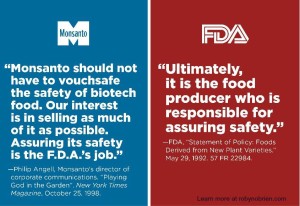
You read that right. It’s kind of a “Who’s on first?” routine. Didn’t we learn anything from the tobacco industry?
So with the jury still out on this one, no long-term human trials ever conducted, a self-regulated industry whose “interest is in selling as much of it as possible,” the increasing rates of antibiotics used on our livestock (not to mention the increasing rates of early puberty and cancer), and the stunning fact that this synthetic growth hormone was never approved for use in Canada, the UK, Australia, New Zealand, Japan and all 27 countries in Europe, maybe it’s time we start to exercise a little bit of precaution here in the U.S., too.
How to Opt-Out of rBGH
Thankfully, we can opt out of this experiment and look for milk labeled “organic” or “rBGH-free”— since by law, these types of milk are not allowed to contain rBGH, a genetically engineered product that was never allowed into the milk, cheese, ice creams and other dairy products in other developed countries. And you can find this milk in Wal-Mart, Costco & Sam’s.
And while correlation is not causation, with the American Cancer Society telling us that 1 in 2 American men and 1 in 3 American women are expected to get cancer in their lifetimes and the Centers for Disease Control reporting that cancer is the leading cause of death by disease in children under the age of 15, a precautionary move like this one just might be what the doctors ordered (at least that’s what they did in all 27 countries in Europe, Australia, Canada, New Zealand, the UK and Japan).
So are we allergic to milk? Or to what’s been done to it?




